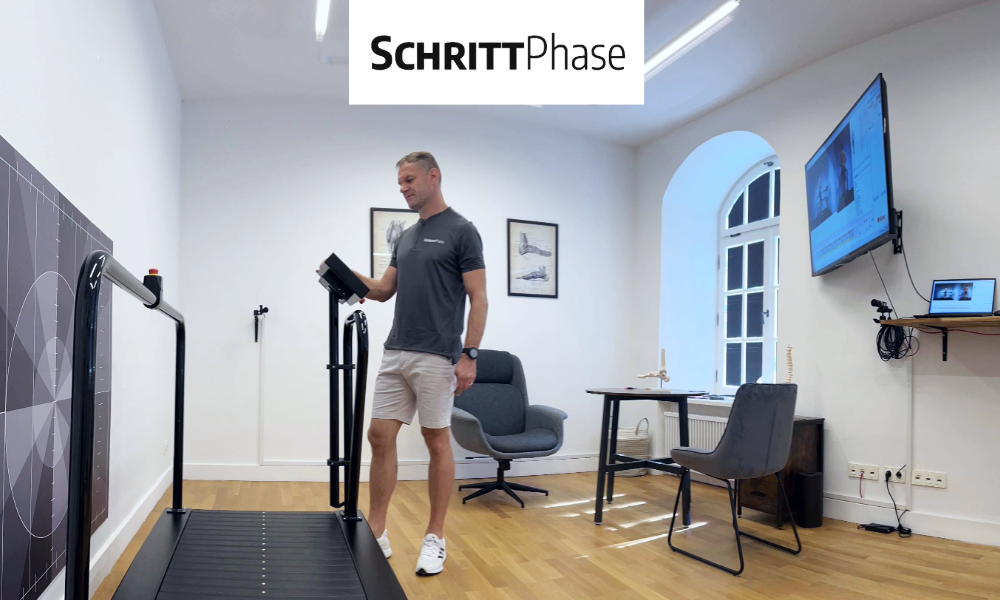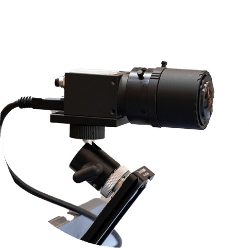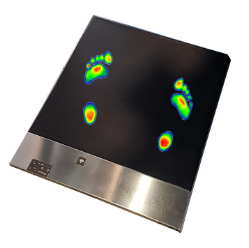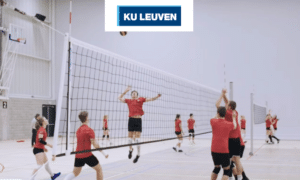SCHRITTPhase in Bad Tölz,
Motion Analysis and Insole Production
Aim of the video-based Running and Gait Analysis System
The main aim of professional movement analysis using video evaluation at SCHRITTPhase is to gain precise and in-depth insights into individual movement sequences in order to develop targeted solutions for foot health and pain relief.
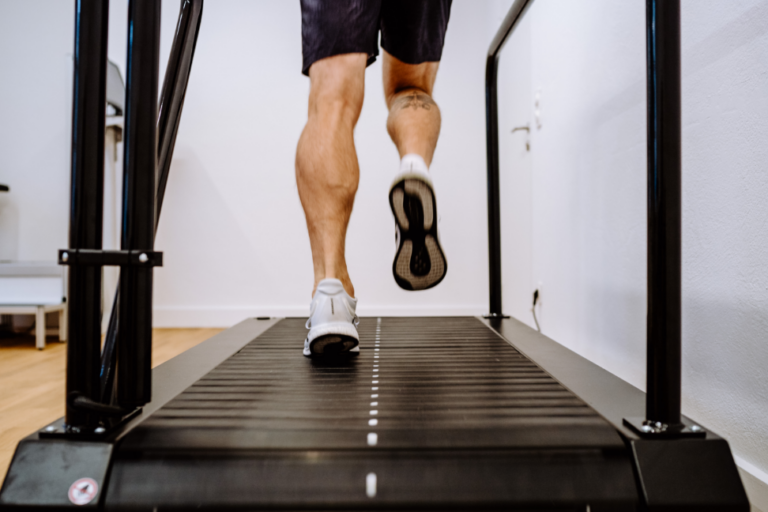
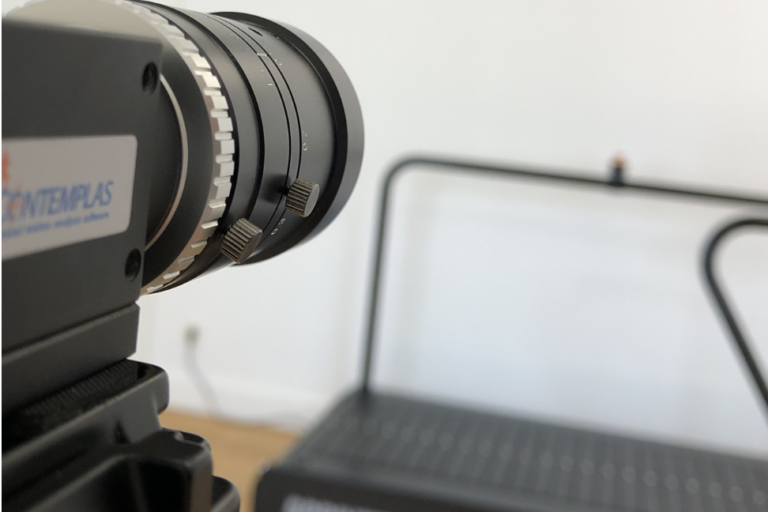
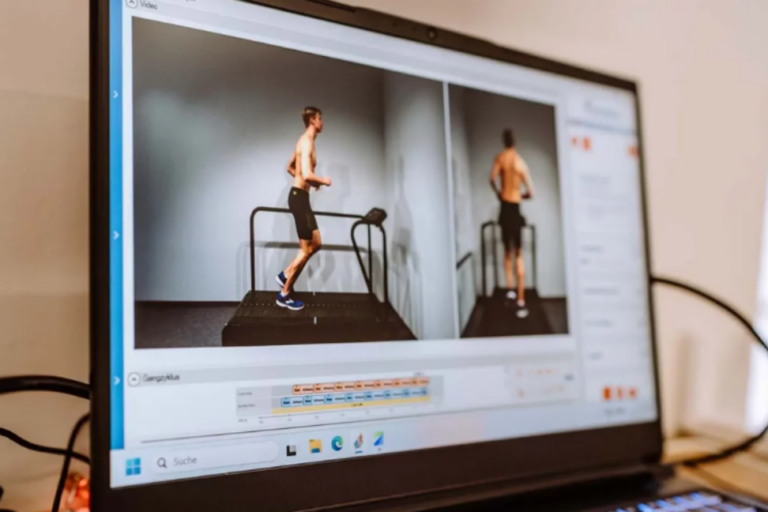
Purpose and Applications of Running and Gait Analysis
The running and gait analysis serves as a valuable diagnostic tool for identifying movement disorders, muscular imbalances, overloads or unconscious postures. This precise analysis allows individual treatment plans to be developed that are tailored to the patient’s specific needs.
The analysis includes various methods and techniques, such as detailed visualization of movement patterns, measurement of joint angles and the use of video footage to accurately assess movements from different perspectives. This can provide deep insights into the body’s biomechanics in order to identify problems at an early stage and provide targeted treatment.
The analysis is also used to check the fit and condition of shoes for everyday life, sport and work.
The following technical solution was developed and installed
A running and gait analysis 2D markerless system with two high-resolution 3MP high-speed USB cameras was installed. This system captures precise movement data without the use of markers, which significantly simplifies and accelerates the analysis process. The cameras are able to record even fast movement sequences in high image quality, which enables accurate evaluation of gait and running parameters.
An auto-brightness feature was later integrated to optimize adaptation to changing lighting conditions. This upgrade ensures the cameras consistently capture high-quality images, even in fluctuating light environments, significantly improving the accuracy and reliability of the analysis. The automatic brightness adjustment is particularly useful in rooms with varying natural lighting or in environments with multiple light sources, ensuring optimal image clarity at all times.
Installation of the WLAN pressure plate
The pressure measurement plate from Medilogic enables both dynamic and static measurements of the pressure distribution of the feet. This complements the video analysis perfectly, as it provides deeper biomechanical insights into the load conditions. Due to the minimal height of the plate, it can be used flexibly and does not need to be integrated into the floor.
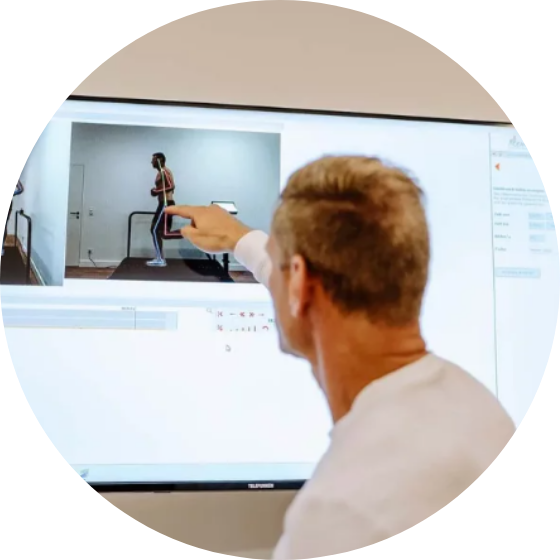
The system has created the following added value
- Video recordings are immediately available to check movement sequences in real time and make corrections directly if necessary. This noticeably accelerates the learning and training process.
- Fast and objective analysis of individual gait phases with individual reporting. The system makes it possible to analyse individual gait phases – from the initial contact to the foot strike – precisely and quickly. The results can be summarized in an individual report tailored to the respective patient or athlete, which facilitates the diagnosis and therapy process.
- Thanks to 2D markerless tracking, the joint angles are calculated automatically and without manual markings. This not only increases the reliability and objectivity of the measurements, but also saves time when performing and analysing them. As no markers need to be applied or removed, the analysis process remains straightforward and efficient while generating accurate data.
PRODUCTS
The 2D markerless running and gait analysis system at SCHRITTPhase includes two 3MP high-speed USB cameras for precise video recordings and a powerful laptop. The treadmill from Sprintex with reversible direction of rotation and the Medilogic WLAN pressure measuring plate from CONTEMPLAS Support were also installed.

